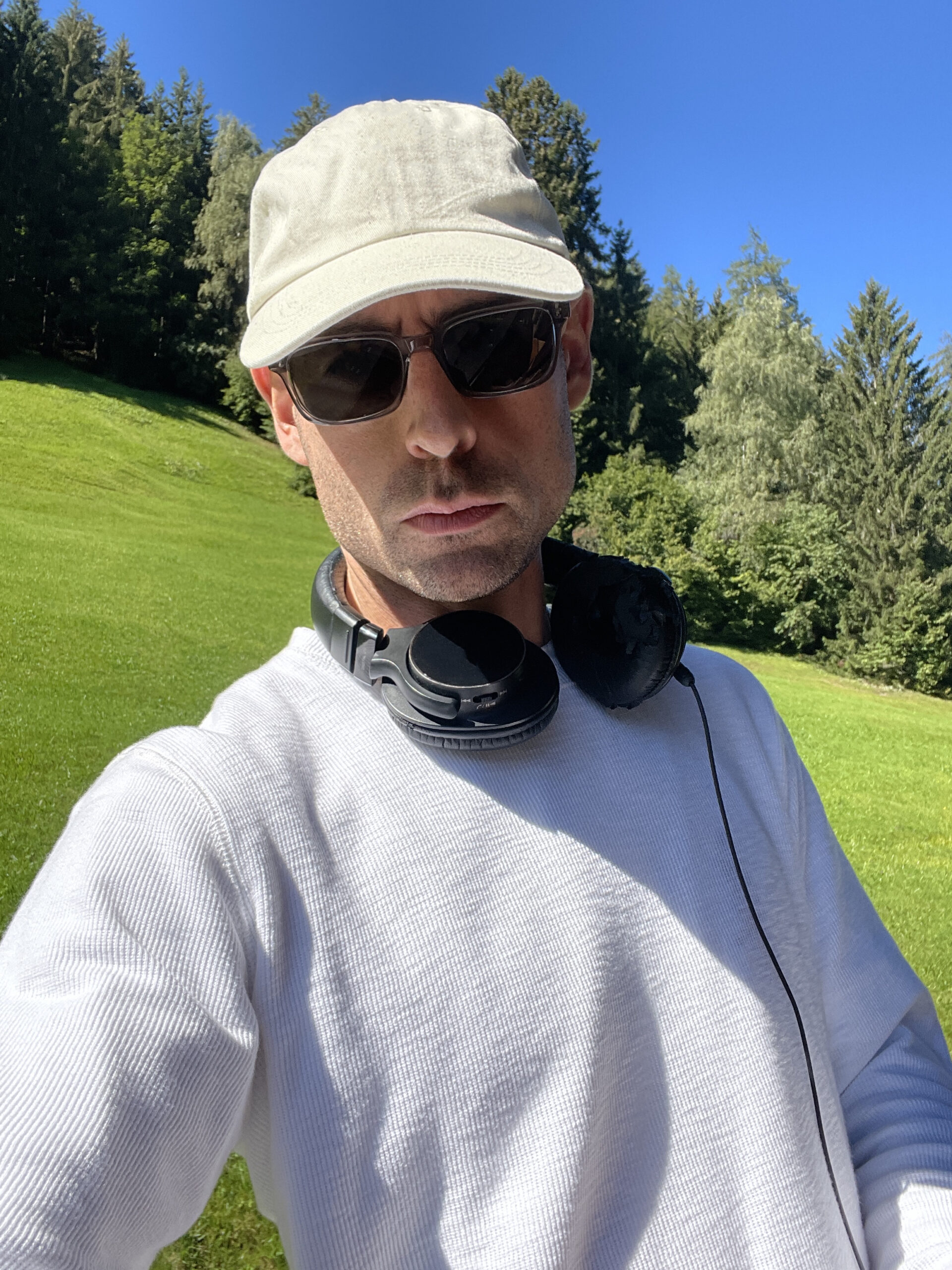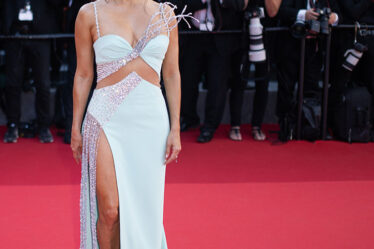
As a fashion house matures, a certain pattern or technique might grow so identifiable that it becomes a signature beyond just the brand’s logo. At the mention of the name Bottega Veneta, most reasonably well-versed minds picture a woven leather Cassette or Jodie bag, or perhaps a sandal of the same fabrication. The intrecciato technique is almost synonymous with the brand, and since his appointment, creative director Matthieu Blazy has sought to bring the heritage of Bottega’s leatherwork to the spotlight. In the new film Craft in Motion, the brand traces the meticulously handmade process of intrecciato and humanizes its crafters in a way fast fashion never could. After the film’s release, director Massimiliano Bomba took some time with us to share his inspirations and thoughts, from his childhood dream of naval design to his current fixation with ancient sculpture and 80s Italian cinema.
———
MEKALA RAJAGOPAL: What inspired you making this film?
MASSIMILIANO BOMBA: In about February 2022, Bottega Veneta wanted to realize this film that explains what’s behind this incredible craft process of Bottega that characterizes the brand and start a conversation about that. So we decided to go to Montebello, where Bottega has this beautiful Vicenza villa, and the idea started to take form. We wanted to focus on the process itself but also on the people behind it. For this reason, we decided to introduce elements of the portrait and mix that with the craft itself. So we decided to create this sort of modularity for the shooting. One moment was to film all the artisans behind the process, and the other was the process itself, placing that in some shots of the architecture and the environment in a very rhythmic way. Some shots were filming this kind of black scenario that reminds me a lot of paintings from the 16th and 17th century with a very black background, and a very beautiful light that comes from the side of the human figure.
RAJAGOPAL: Do you often find inspiration from other forms of art?
BOMBA: Absolutely, yes. In this case, the inspiration comes from several kinds of documentary, plus that reference I mentioned from the Italian paintings. The color palette and the graphical feeling of the shots come from some references to Italian documentaries from the 70s, Vittorio de Seta’s work and others. I try to be influenced by things that are a little bit out of the fashion industry, more than contemporary art. I come from Roma, so I have a strong relationship with the sixth century and the primitives and sculpture. For example, if I need to do research for a position of a model, we have tons of books that come from the Atlantic period or Roman period where someone already explored that. And that will be timeless forever, so I prefer to look in the direction of history or cinema rather than the contemporary. Contemporary is something that every one of us keeps alive, but I try to mix these two elements, the contemporary look and a timeless approach. With Bottega for example, I found a brand that works in the same way. It’s very important. Find the relationship with the brand, because at the end, the brand is made by people.
RAJAGOPAL: Are there any memorable stories from the process of filming?
BOMBA: It was very interesting to create the interviews with Ruggero [Negretto], the voice of the film. It was a very beautiful process, because Ruggero was not so familiar with speaking to an audience. His voice was an instrument inside of the film and we really wanted to introduce the elements of humanity and not create something too cold, you know what I mean? We used film and not digital cameras for this reason, keeping things very human and very warm, because behind every process is the human touch. We try to keep that feeling as alive as possible. For me it was one of the most interesting projects that I made in the last year. It’s very, very impressive to speak with these people.
RAJAGOPAL: Yes. It seemed like a little bit of a response to fast fashion and all these companies that are trying to replicate the intrecciato, but it’s not the same.
BOMBA: No, it’s not. You start to understand how many hours and how much work is needed to create that product. How the idea was developed between the technical department and the creative department and how these two elements, two worlds, keep together. It was very, very beautiful. Maybe I lost the exact word, but I feel very connected with this project.
RAJAGOPAL: Can you tell me about a film or a movie that you really love?
BOMBA: Wow, this is a very big question. The art cinema, the narrative cinema, the abstract cinema, the documentary, it’s something that drives me a lot in my work. I am very passionate about 80s Italian cinema, as well as the movement of documentary cinema that comes from the US. Frederick Wiseman for example. Pasolini has had a huge impact on my work, also Roberto Rossellini, Arte Povera, all these artists influenced me. I saw a documentary from a Japanese elder about Gaudi, the architect. I saw that during the pandemic and it inspired me a lot, in an indirect way.
RAJAGOPAL: How do you feel about the current state of fashion film?
BOMBA: I think it’s in very good shape right now, because brands need to define identity using moving image. Maybe fashion film needs more platforms to be shown beyond social media. It has a lot of limitations. The Fashion Film Festival helped to develop a language and make it sort of public. But there are still few, apart from that. Probably this is because the films that are made between a director and a brand are still something new in a way, except the big campaigns. Because if you think, seven or eight years ago was when fashion film festivals started to appear. There are still several possibilities to develop this. I don’t want to say it’s a new language, but in a way it is.
RAJAGOPAL: Definitely. Video in general is becoming its own language.
BOMBA: I think that social media pushes the language a lot. You have a length limitation, and sometimes limitations are very good, because it keeps the field of the range of the language more circumscripta. You know what I mean? TikTok, the Instagram feed, all these kinds of things create a strong feedback, an impact on the language itself of fashion film.
RAJAGOPAL: Did you always see yourself as a filmmaker?
BOMBA: When I was child, I wanted to be an engineer that designed ships. A naval engineer. I was born in Roma, but I was so close to the southern part of Italy. The sea was always my passion. My father loves to go fishing, so probably that is why, but who knows? Then that design passion moved through theater, and I decided to study architecture and become a set designer. Then I started to study literature in college, because one of my ex-girlfriends went to this school and I followed. And then from that moment, things developed. I had a main professor that was an aesthetic philosophy professor, and one that was a documentary professor. And then I started to develop this strong passion for documentary cinema and art cinema and blah, blah, blah. And so things moved in another direction.



